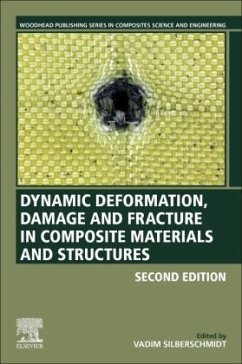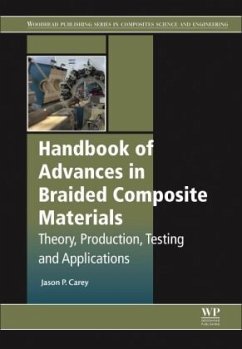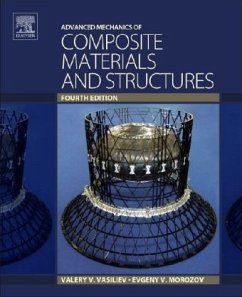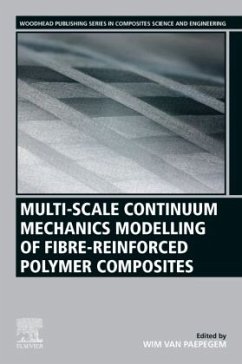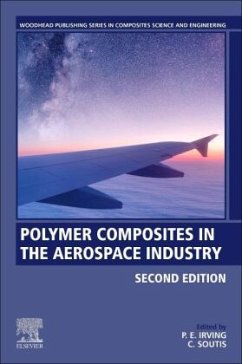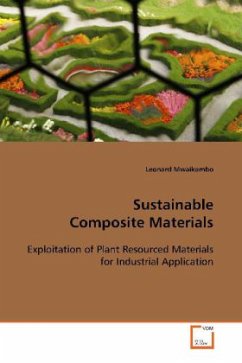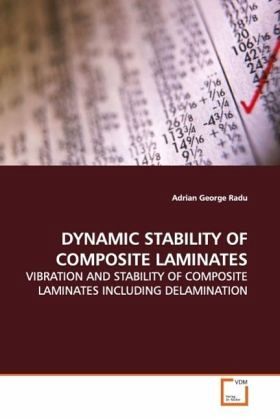
DYNAMIC STABILITY OF COMPOSITE LAMINATES
VIBRATION AND STABILITY OF COMPOSITE LAMINATES INCLUDING DELAMINATION
Versandkostenfrei!
Versandfertig in 6-10 Tagen
39,99 €
inkl. MwSt.

PAYBACK Punkte
20 °P sammeln!
A general framework has been developed to investigatedynamic stability of composite plates under dynamicand static compressive loads. A variationallyconsistent, higher-order shear deformation theory hasbeen used to model the displacement field.The linear strain-displacement relationshipcorresponding to the small deformation assumption isused first. Both transverse shear and rotary inertiaeffects are taken into account. The mathematicalmodel is implemented using the finite element approach.The impact of delamination on the naturalfrequencies, critical buckling load, and instabilityregions is in...
A general framework has been developed to investigate
dynamic stability of composite plates under dynamic
and static compressive loads. A variationally
consistent, higher-order shear deformation theory has
been used to model the displacement field.
The linear strain-displacement relationship
corresponding to the small deformation assumption is
used first. Both transverse shear and rotary inertia
effects are taken into account. The mathematical
model is implemented using the finite element approach.
The impact of delamination on the natural
frequencies, critical buckling load, and instability
regions is investigated Parametric studies are
conducted to investigate the influence of
delamination placement and size, boundary conditions,
plate thickness, static pre-stress, and stacking
sequence on the instability regions.
Finally, the importance of geometric nonlinearity is
studied by introducing von Kármán nonlinearity.
Natural frequency results are obtained for square
isotropic and cross-ply laminates and compared with
available analytical data. The effect of geometric
nonlinearity on the principal instability region is
also investigated for cross-ply laminates.
dynamic stability of composite plates under dynamic
and static compressive loads. A variationally
consistent, higher-order shear deformation theory has
been used to model the displacement field.
The linear strain-displacement relationship
corresponding to the small deformation assumption is
used first. Both transverse shear and rotary inertia
effects are taken into account. The mathematical
model is implemented using the finite element approach.
The impact of delamination on the natural
frequencies, critical buckling load, and instability
regions is investigated Parametric studies are
conducted to investigate the influence of
delamination placement and size, boundary conditions,
plate thickness, static pre-stress, and stacking
sequence on the instability regions.
Finally, the importance of geometric nonlinearity is
studied by introducing von Kármán nonlinearity.
Natural frequency results are obtained for square
isotropic and cross-ply laminates and compared with
available analytical data. The effect of geometric
nonlinearity on the principal instability region is
also investigated for cross-ply laminates.



